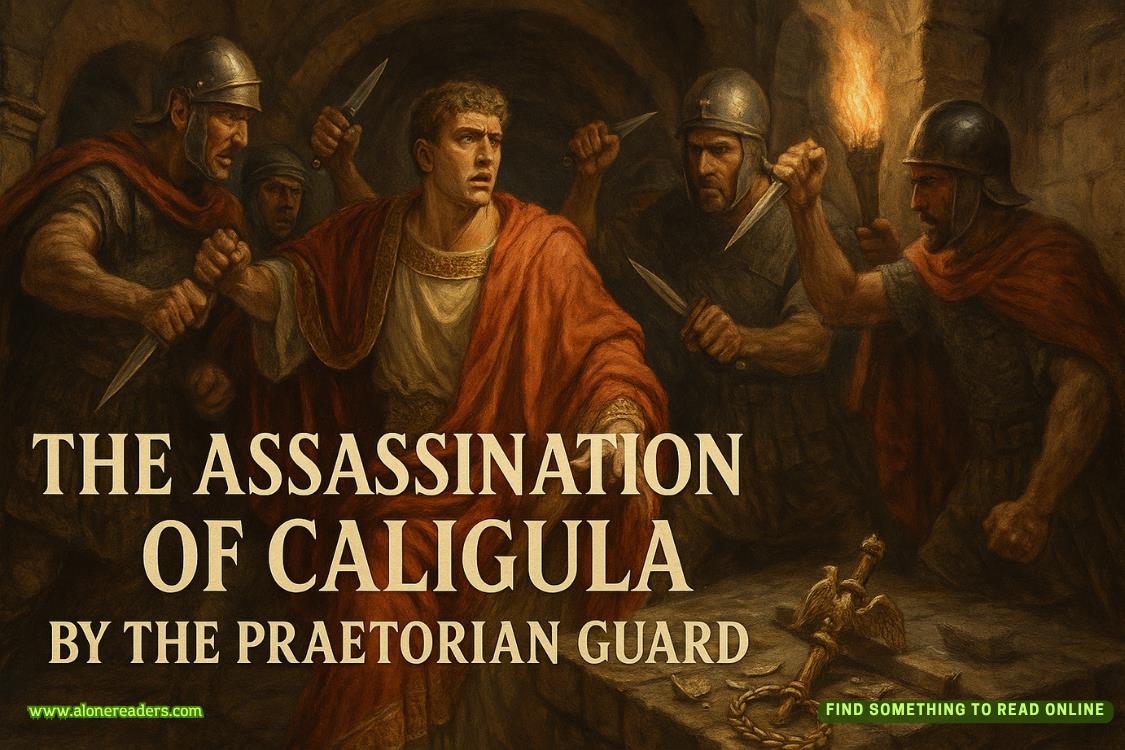Page 229 of DATE
"It’s about cultivating the children as though they were flowers," Hedy gestured to a swing she had drawn. Da Vinci seemed confused. "Is this trapezoid meant for them to rest in?"
"No—this is a swing!" she replied, slightly exasperated.
Hedy suddenly realized that this kind of all-ages entertainment equipment seemed to have spread all the way from the distant East.
The children of this era had never even seen a swing before.
She called Dechio to bring more paper and pens, setting the scroll aside.
Swings, seesaws, yo-yos…
She sketched out clear drafts, explaining their mechanisms to da Vinci.
Children needed toys to stimulate their intellect and improve hand-eye coordination, which could also ease the burden on their caregivers.
A more mature social structure could free up more labor—some women could earn genuine wages and respect by caring for children in kindergartens, while other mothers could confidently pursue work, striving for greater power and status.
Her vision in this regard was indeed practical and not particularly difficult to implement.
With the capital she had previously accumulated and the political backing of the Medici family, Hedy purchased a plot of land in a bustling district and began constructing a brand-new kindergarten.
In this endeavor, da Vinci proved to be a tremendous help.
Not only did he personally design spaces for the children to play and sleep, but he also implemented safety measures and a kitchen with efficient water and fire access.
The man responsible for designing Florence’s canal dredging and drainage systems approached these small tasks for her with the same rigor and dedication.
With his genius, he utilized waterwheels to automate waste disposal and installed fencing to separate the children’s area from the adults’, ensuring no mischievous child could run into the kitchen or well.
Children of this era generally had no concept of gender awareness, nor any understanding of molestation or sexual assault. From birth to maturity, there were no taboos around exposing or touching their genitals—even their parents would openly engage in intercourse in front of them.
Hedy had thought of a whole set of Biblical reasons not only to separate the boys' and girls' nap and restroom areas, but alsowrote a new "Baby Care Guide" while Leonardo was helping with the architectural drawings of the area.
Any help that could be given to the children was a good thing.
The candlelight flickered, and the night fell heavy as they remained immersed in work in the library.
Hedy constantly jumped back and forth between modern and medieval ways of thinking, cross-checking the differences in life across eras. Tired, she rubbed her eyes and rested her head on the desk for a moment.
In her distraction, she glanced at Leonardo, who was not far away.
He was still absorbed in designing the staircases and partitions, sketching reference drawings for the craftsmen.
There was something quite alluring about the way he looked when he was focused.
The warm yellow light illuminated his outline, casting a faint glow on his thin lips and deep brows.
The summer night was still, and his collar was slightly open, showcasing the elegant lines of his collarbones and Adam's apple.
“He combines extraordinary beauty with endless grace,”
as Vasari, Michelangelo's student, once described him—
“He is strikingly handsome, with a demeanor that could soothe even the most sorrowful soul.”
Hedy stared at him absentmindedly, her mind drifting back to the past.
Leonardo had never turned down any of her requests, from designing city defenses to something as small as a swing—everything was done meticulously.















